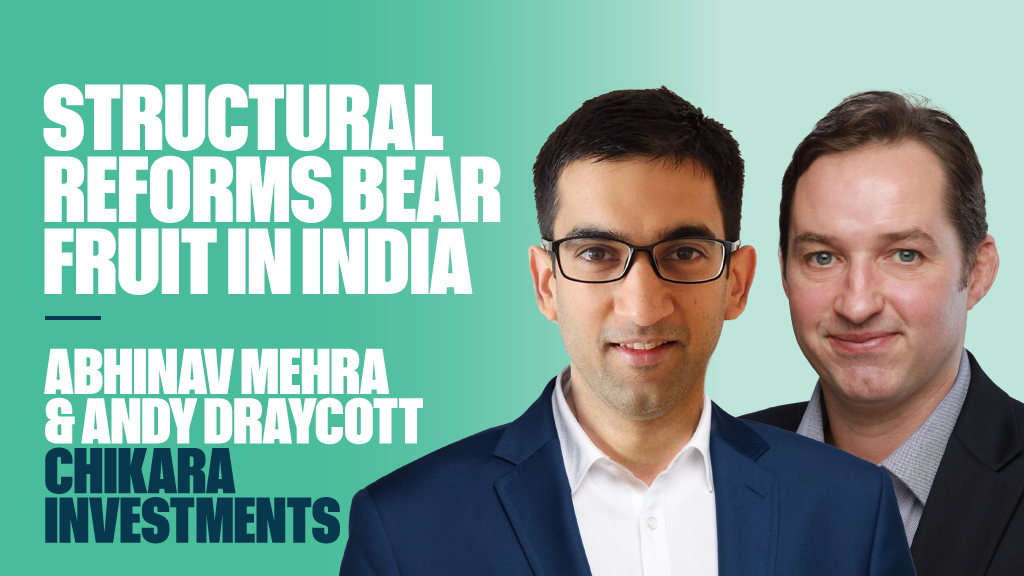And this, he adds, is in an economy where, when people talk about debt, they always miss out the savings bit. “In the Chinese economy, you have savings of 50% of GDP, so you are going to have a higher debt to GDP percentage.
“There is an issue in the corporate debt in China, though not a huge issue. Levels of debt have been rising, but they are not out of line with other emerging markets,” he says.
Monetary policy
“The moves towards loosening monetary policy a little in China will probably help to get the debt levels down. What would also help would be a stronger recovery in the US, particularly a rise in wages in the US, and also in Europe.”
Horrocks’ views have more behind them than the average China hand. He has been involved in investing in Asia, of which a large part of that has been focused on China, for more than 20 years.
His knowledge of the country goes back to his university days. Horrocks read Chinese studies at Leeds University in the UK for four years, which included a year’s study in Beijing in the late 1980s. He also did post-graduate studies at Leeds, which allowed for further travel in China.
“When I left university the first job I had was as a stock broker in Hong Kong,” he says. The position was as a research analyst with WI Carr Securities. He then did a stint as head of research at Mirae Asset Management in Hong Kong before joining Matthews Asia in August 2008. He has since been involved with its Asia Dividend, Asian Growth and Income funds and has now added the Asia ex Japan Dividend.
The new fund, which was launched after the turmoil in Chinese markets, is a Luxembourg-domiciled Ucits fund that will seek to generate attractive returns by investing in companies that provide stable dividend income, as well as those positioned to grow future dividends.
Rise of the middle classes
Horrocks says there is no significance in the timing of the new fund’s launch, but adds: “I would say that right now, if you look at the Asia region, the ex Japan region, it is possible to put together portfolios with a 3% yield, or even more.”
He says that while most retail investors are still quite cautious about China, it is a different story among institutional investors, as he found on a recent world tour.
“My impression is that they are turning a little bit more positive, and a little bit more exploratory towards China,” he says.











